Frailea Cataphracta cactus seeds pack of 5 seeds
₹149.00
Out of stock
Email when stock available
Frailea Cataphracta Origin and Habitat: Cordilleras of Altos Paraguay, Paraguay and brazil (South America)
Habitat: Grows in fine sandy-loamy or fine grained but permeable soil often at the edge of sandstone plates. Forms dense colonies in all sizes with over than 200.000 plants. The vegetation consists of grass and small brushes, with no other cacti species present. Most of the Fraileas grow in half shadow under the grasses and brushes and only few are exposed to full sun. Climate is warm and humid. The rainfalls happen all around the year with a relatively high amount of over 1500 mm with much thaw during the night.
Description: Frailea cataphracta is a very small depressed cactus that do usually not sprout in nature, but in culture with age begins to clump around the base and grow oddly. It is undoubtedly one of the most fascinating cacti.
Stem: Dull-green and dark-brown or purplish, globose-flattened 1-2(-4) cm in diameter, deeply imbilicate at apex
Ribs: 10 to 15 with low and broad crescent-shaped tubercles flatted above, with a purple-brown lunate, blots situated below the areoles.
Radial spines: 5-9 straight 1-2 mm long, appressed, yellowish or whitish.
Central spines: Absent.
Flowers: Sulphur yellow from the top of the plant, sometimes larger than the plant itself (4cm diameter). But don’t be disappointed when the easily produced buds fail to open. Fraileas are cleistogamous meaning that their flowers produce seed without even opening. Without the need for pollination, hence the buds rarely reach full bloom and remain closed. They will open only in great heat in the hottest, brightest, afternoon sun, if at all.
Fruits: Dry indehiscent with scales and bristles that detach easily, pericarp membranous, fragile that break easily releasing the seed.
Seeds: Comparatively large, black and shining, up to 2 mm wide, with a triangular, deeply concave face.
| Color | White |
|---|---|
| Germination Level | Hard |
| Growth Pattern | Globular |
| Hybrid or Open Pollinated | Open Pollinated |
| Ideal location | Partial Sun |
| Origin Country | India |
Be the first to review “Frailea Cataphracta cactus seeds pack of 5 seeds” Cancel reply
You must be logged in to post a review.
Related products
cactus and succulent seeds
cactus and succulent seeds
cactus and succulent seeds
cactus and succulent seeds

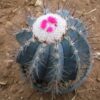
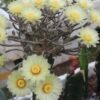

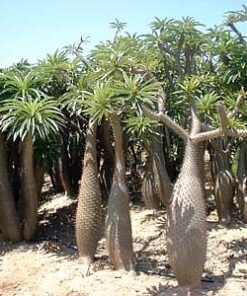
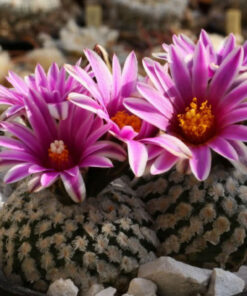
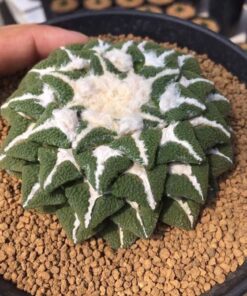
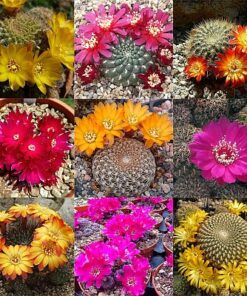


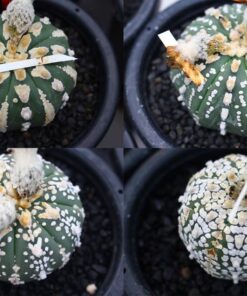
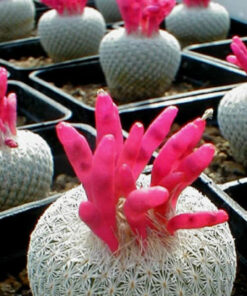
Reviews
There are no reviews yet.